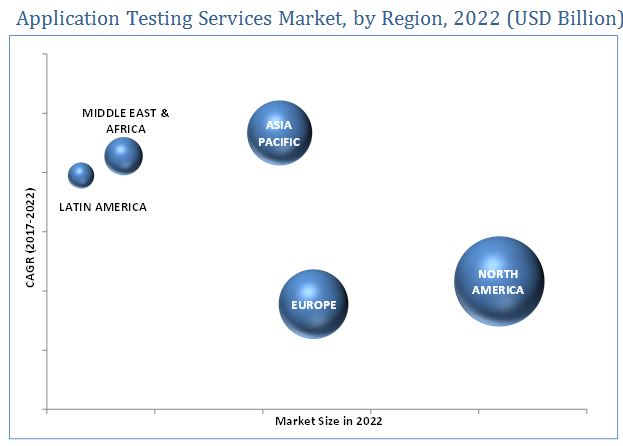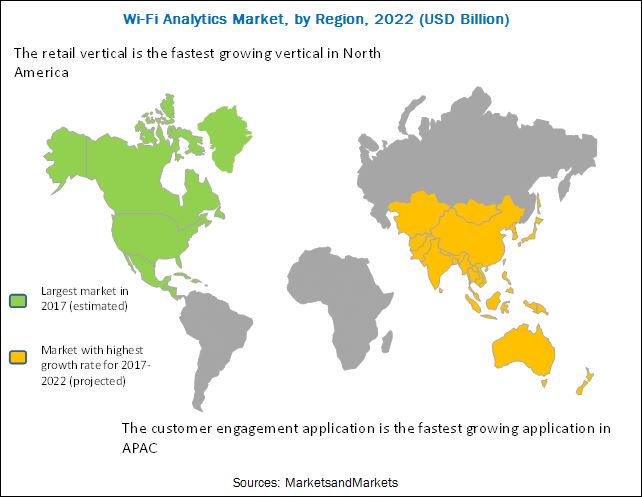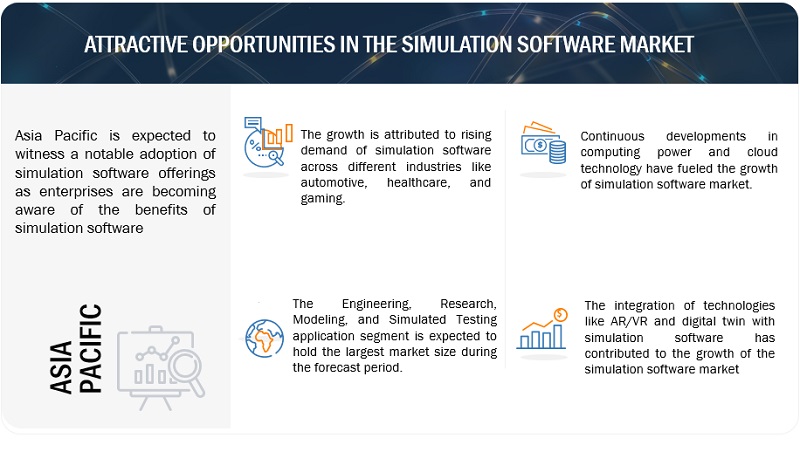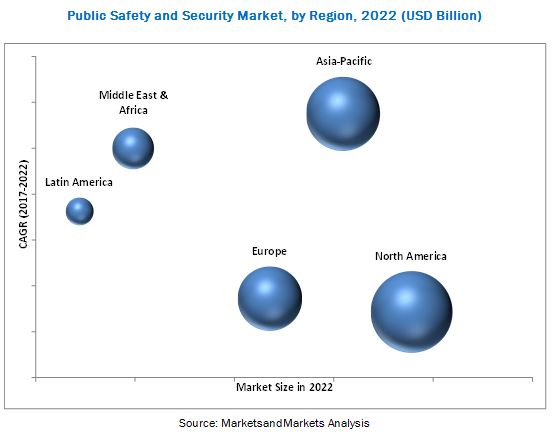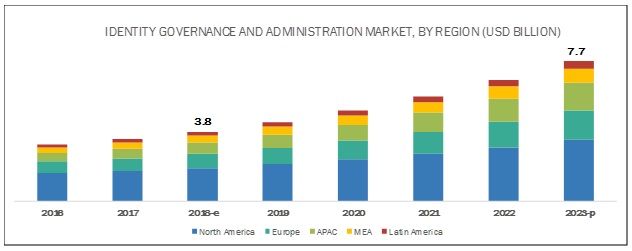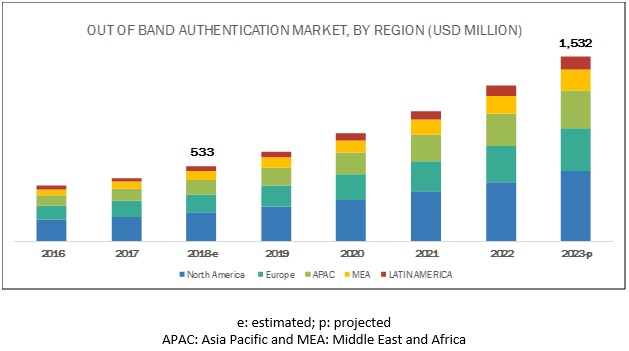The smart building market is expected to grow from an estimated USD 7.42 Billion in 2017 to USD 31.74 Billion by 2022, at a Compound Annual Growth Rate (CAGR) of 33.7% from 2017 to 2022. The market is primarily driven by the growing demand for integrated security and safety systems and increasing government initiatives for smart building projects.
Based on type, the services segment is expected to witness the highest growth rate during the forecast period
Based on type, the services segment is projected to grow at the highest CAGR during the forecast period. This is due to the reason that service providers help in implementing intelligent automation and technologies for the efficient operation and maintenance of buildings in a cost-effective manner. The services included in the smart building market study are training & consulting, integration, and support offered by various vendors in this market. These services are considered as added offerings from technology vendors and services providers in the smart infrastructure ecosystem, which enhance the deployment and usage of solutions at end user premises.
Download a PDF Brochure@ https://www.marketsandmarkets.com/pdfdownloadNew.asp?id=1169
Based on building type, the residential building segment is expected to grow at the highest CAGR during the forecast period
Based on building type, the residential building segment is expected to grow at the highest CAGR due to the ability of communication standards and protocols to integrate various control devices and minimize the use of wires due to the emergence of wireless technologies.
Based on region, Europe is expected to account for the largest market share in the smart building market during the forecast period from 2017 to 2022
Europe is expected to account for the largest market share during the forecast period due to the increased initiatives by the region’s governments to build smart and intelligent structures. Also, the increase in the adoption of energy management as well as security solutions has led to the growth of the smart building market across regions.
The report encompasses the competitive landscape, which presents the positioning of 25 key vendors of smart building solutions and services, based on their product offerings and business strategies. Some of the major solution and service vendors include the ABB Group (Switzerland), Siemens AG (Germany), Schneider Electric (France), Cisco Systems, Inc. (US), International Business Machines Corporation (US), Delta Controls (Canada), Johnson Controls (US), Honeywell International Inc. (US), United Technologies Corporation (US), Legrand (France), BuildingIQ (US), Echelon Corporation (US), Hitachi, Ltd. (Japan), and Panasonic Corporation (Japan) among others.


